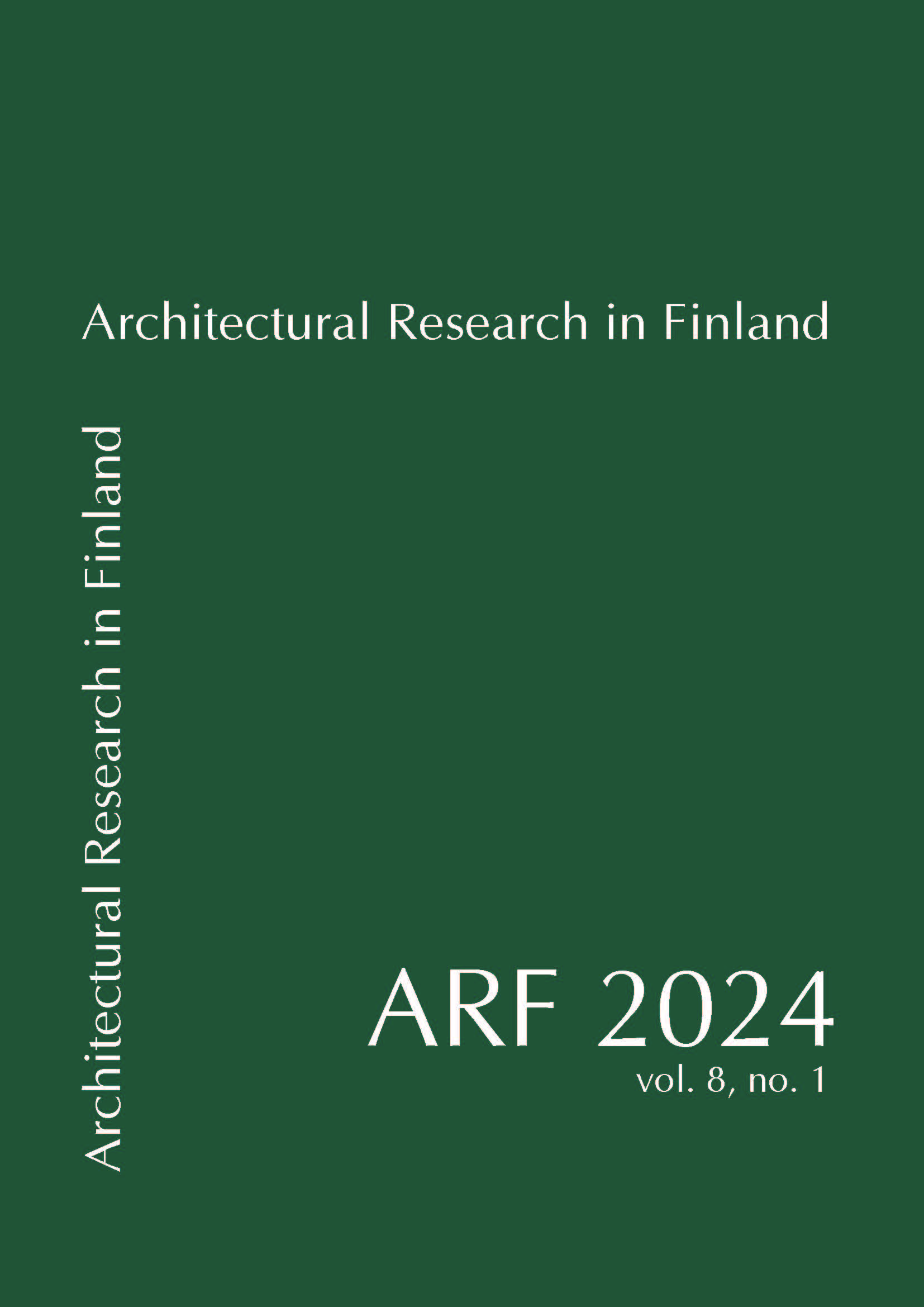Rewilding the built environment: a resilient response to different crises
DOI:
https://doi.org/10.37457/arf.146874Avainsanat:
built environment, resilience, sustainability, green infrastructure, re-wilding, greeningAbstrakti
Society continues to face many crises, from climate change, loss of biodiversity and air pollution to the pandemic, with associated impacts to human health and wellbeing. The built environment plays an important role in both mitigating and adapting to these impacts and in safe-guarding citizens. The presence and access to green spaces in the built environment plays a fundamental role in citizen’s ability to cope with adversity of different kinds and scale, while in itself supporting biodiversity. This paper aims to (1) synthesize knowledge about the diverse role that green spaces, and by extension the rewilding of our built environment, play as part of a resilient society and built environment and (2) the specific conditions and characteristics of green spaces and the built environments to maximize their benefits, while avoiding unintended consequences. This is done through a systematic literature review to present existing knowledge about the role of green spaces in a resilient built environment and society, followed by a qualitative content analysis that identifies the conditions and characteristics of green spaces as resilient solutions. Findings highlight the importance of the diversity of green space provision in type (e.g., ecological corridors), scale (e.g., community gardens, green roofs and walls), and location (e.g., parks, forests), and that they can support social inclusivity, community resilience and wellbeing. Furthermore, findings highlight that green spaces need to be designed in such a way that they (1) support biodiversity, (2) are interconnected with the context, (3) accessible and (4) appealing for citizens to protect and appreciate them.




